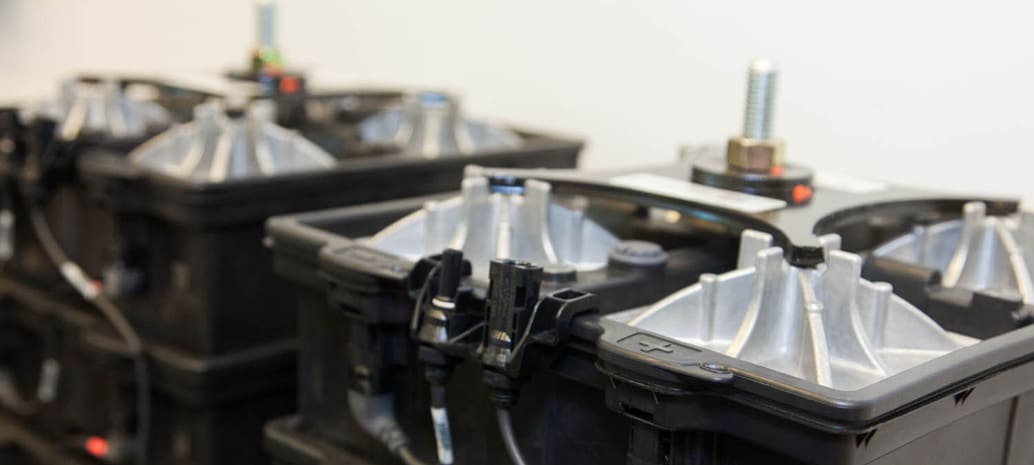California has been a leader in deploying energy storage, including batteries on the customer side of the meter. And while the recent passage of a bill to extend the state’s Self Generation Incentive Program (SGIP) to 2025 is expected to give an ongoing boost to the distributed storage market, the state’s grid operator is also taking measures to compensate the services provided by batteries on the customer side of the meter.
Last Wednesday, the California Independent System Operator (CAISO) Board of Governors approved a package of four measures to assist the ability of behind-the-meter resources to participate in wholesale markets. This includes a new product which will enable behind-the-meter energy storage systems to get paid for charging during times of oversupply of electricity and negative pricing on the state’s wholesale market.
Battery systems on the utility side of the meter could already take advantage of negative pricing to charge, however this decision extends that advantage to customer-sited batteries, providing the ability to arbitrage electricity with an obvious economic benefit. For systems to participate in this program, they will have to be directly metered.
Another of the four measures regards changes to the bidding options that allow demand response to bid in ahead of time to participate in wholesale markets. The two new options approved by CAISO include hourly and 15-minute options, with notifications 52.5 and 22.5 minutes before operation.
Both of these changes have benefits for integrating higher levels of solar PV, particularly during mid-day electricity peaks, as they make demand more flexible.
“What is driving this is the increasing incidence of negative pricing, and the desire of CAISO’s board not to have to curtail clean solar energy,” Scott Murtishaw, a consultant with the California Solar and Storage Association (CALSSA) told pv magazine. “This decision is a big step in unlocking a huge opportunity for storage to be more precise and accurate.”
Murtishaw notes that there are further refinements to the state’s demand response program that it is working on with CAISO, and expects participation from the California Public Utilities Commission as well.
However, he also notes that CAISO is ahead of the game regarding energy storage compared to other grid operators. In February the Federal Energy Regulatory Commission (FERC) issued a final order requiring grid operators to create rules that allow energy storage to participate in wholesale electricity markets through order 841, but CAISO appeared to have already fulfilled the requirements of this order before it was written.
This content is protected by copyright and may not be reused. If you want to cooperate with us and would like to reuse some of our content, please contact: editors@pv-magazine.com.









By submitting this form you agree to pv magazine using your data for the purposes of publishing your comment.
Your personal data will only be disclosed or otherwise transmitted to third parties for the purposes of spam filtering or if this is necessary for technical maintenance of the website. Any other transfer to third parties will not take place unless this is justified on the basis of applicable data protection regulations or if pv magazine is legally obliged to do so.
You may revoke this consent at any time with effect for the future, in which case your personal data will be deleted immediately. Otherwise, your data will be deleted if pv magazine has processed your request or the purpose of data storage is fulfilled.
Further information on data privacy can be found in our Data Protection Policy.